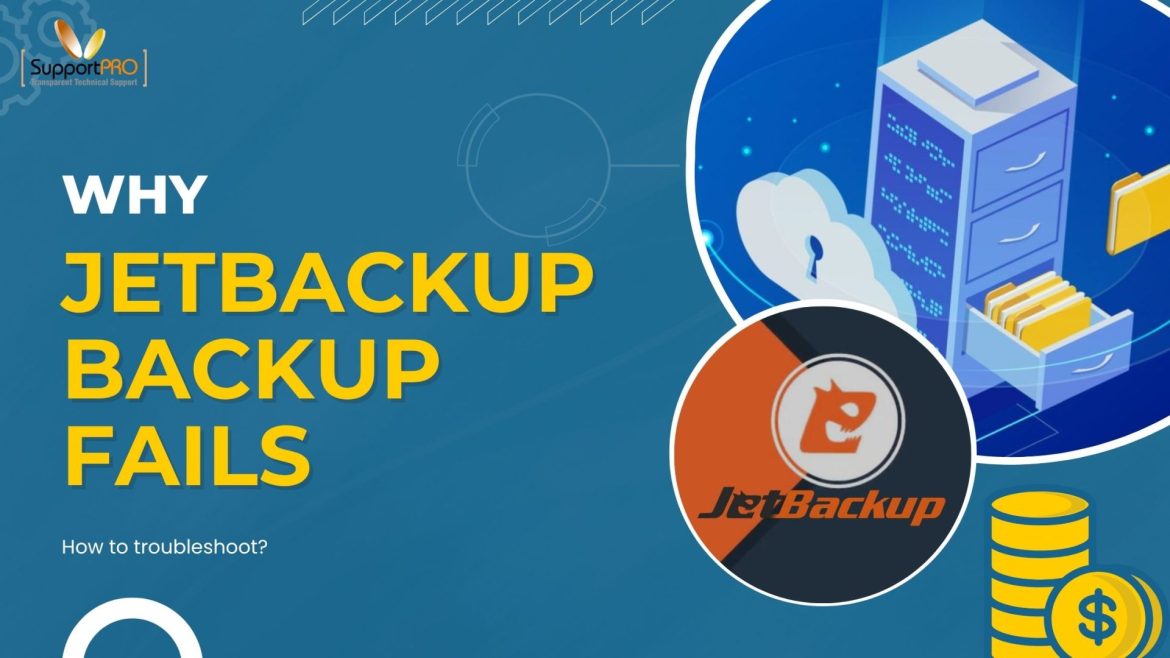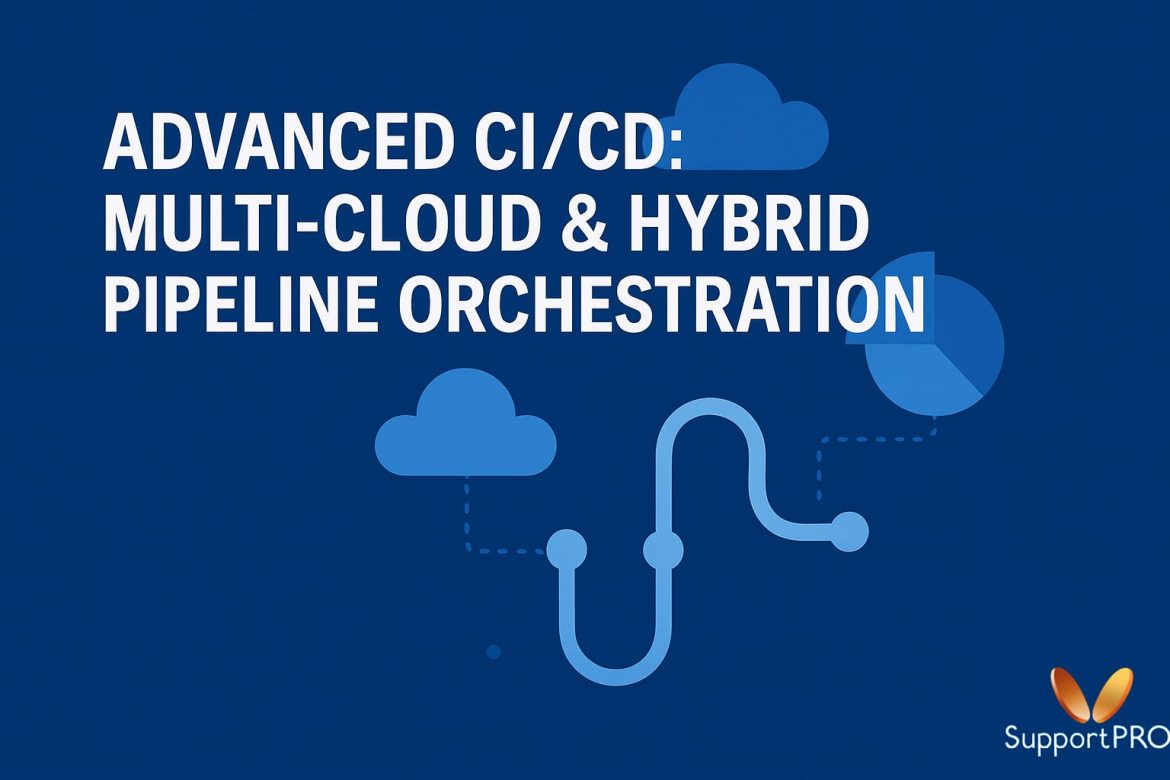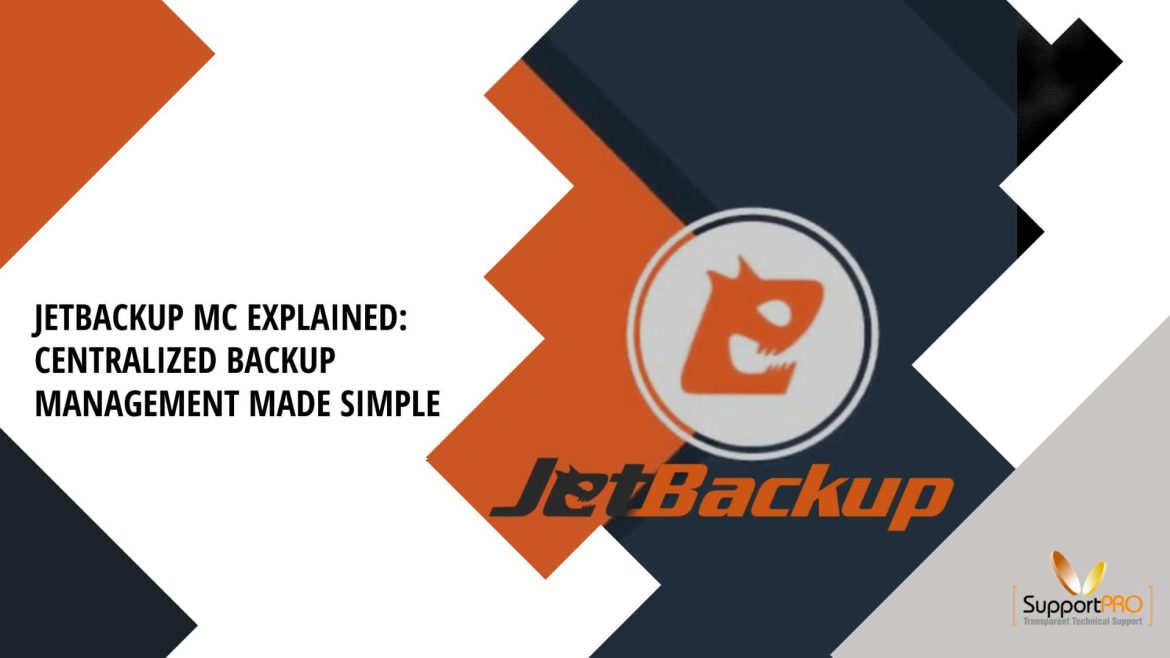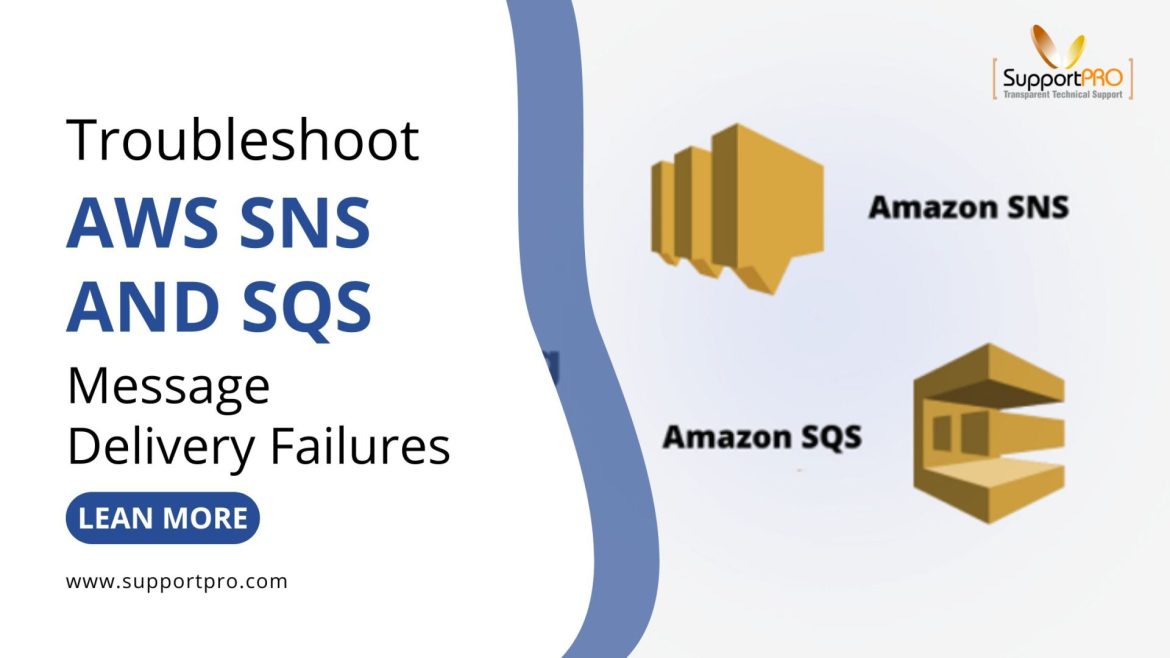If you’ve ever worked with JetBackup 5, you’ve probably seen at least one error that makes your heart sink. For me, one of the trickiest was this MongoDB connection issue: Fatal error: Uncaught MongoDB\Driver\Exception\ConnectionTimeoutException: No suitable servers found (serverSelectionTryOnce` set): [connection refused calling hello on ‘localhost:27217’] Looks ugly, right? But here’s the truth: it’s basically JetBackup saying, “Hey, I tried to talk to MongoDB on port 27217, but it wouldn’t answer.” I’ve run into this a few times, and the good news is — there are clear steps you can take to …
Introduction The DevOps movement has changed the way software teams work, from build and test to deployment and release. DevOps reduced time to release and increased software quality by focusing on collaboration, automation, and feedback. An integral piece to this is CI/CD (Continuous Integration and Continuous Delivery/Deployment). But in today’s world, companies don’t deploy to only one cloud. They frequently operate in multi-cloud using a combination of AWS, Azure, Google Cloud and even on-premises. Pipelines through such various infrastructure are difficult to operate. In this blog, we will try to …
If you’ve ever tried setting up WordPress on a server manually, you know the pain of fiddling with configs, worrying about SSL, and making sure the database is right. It’s a rabbit hole. That’s exactly why I like RunCloud. It takes care of the messy bits but still gives you enough control if you want to geek out. I’ve installed WordPress on RunCloud more times than I can count, and every time it’s been smoother than doing it the old-fashioned way. Here’s how I usually go about it — in …
If you’ve managed a website before, chances are you are familiar with cPanel. It’s been the most popular panel for years. Reliable, familiar, and packed with features. Then there’s RunCloud a newer player built for modern cloud servers. It’s lighter, faster, and built with developers in mind.
Autoscaling in Kubernetes: Everything You Need to Know About Karpenter & CA
You launch your shiny new app on Kubernetes. Everything’s humming along nicely, users are happy, and you start to relax. Then out of nowhere, traffic spikes. Pages crawl, users complain, requests start failing. Panic mode: you scramble to add more servers. The storm passes, your app recovers, and now you’re stuck paying for all those extra machines that barely do anything once traffic calms down. If that story feels a little too familiar, welcome to the age-old cloud problem: Overprovision, and you burn money.Underprovision, and your users pay the price. …
Let’s be real that the cloud isn’t just some buzzword anymore. It’s where almost everything runs these days. By 2025, most companies will be living almost entirely on cloud infrastructure. And honestly, it makes sense. The big platforms like AWS, Google Cloud, and Microsoft Azure give you endless power, worldwide reach, and the ability to scale up or down in minutes. Discover how cPanel & WHM streamline server management on AWS, Azure, and GCP. Get more control, security, and flexibility
Setting up AWS SNS (Simple Notification Service) and SQS (Simple Queue Service) is easy, but they can be very useful for connecting apps and managing a lot of messages at once. Sometimes, though, things don’t go as planned, messages don’t get sent, on the other hand, lines stay empty, or subscriptions get stuck. Also, at times, it can be annoying when you don’t know what the problem is. The good news is that once you know where to look, most of these problems are easy to fix. We will talk …
What is Cloudflare Turnstile : Cloudflare Turnstile is an all new CAPTCHA replacement that aims to offer a more pleasant verification experience, make Internet users’ privacy and security stronger, and spam less of a burden. While traditional CAPTCHAs can make users jump through hoops from solving puzzles to identifying images at the end of the day, Turnstile was built to be unobtrusive, to operate in the background without causing much friction for your users! It uses a combination of JavaScript and client-side intelligence to check if the request is coming …











